Exact Answer: At least 4-6 weeks
The aortic aneurysm is present in the aorta, which is the largest artery and blood vessel that carries blood in the body. Aortic aneurysms occur when the walls of the aorta become weak and start bulging.
This can cause the aneurysm to either burst or dissect. This results in internal bleeding, which may lead to death in serious cases.
You can either use medicines or surgery to treat aortic aneurysms. Surgeries are performed to either repair the already ruptured or dissected aneurysm, or replace the part of the aorta that was affected. Medicines, on the other hand, can help lower your chances of experiencing an aortic aneurysm.
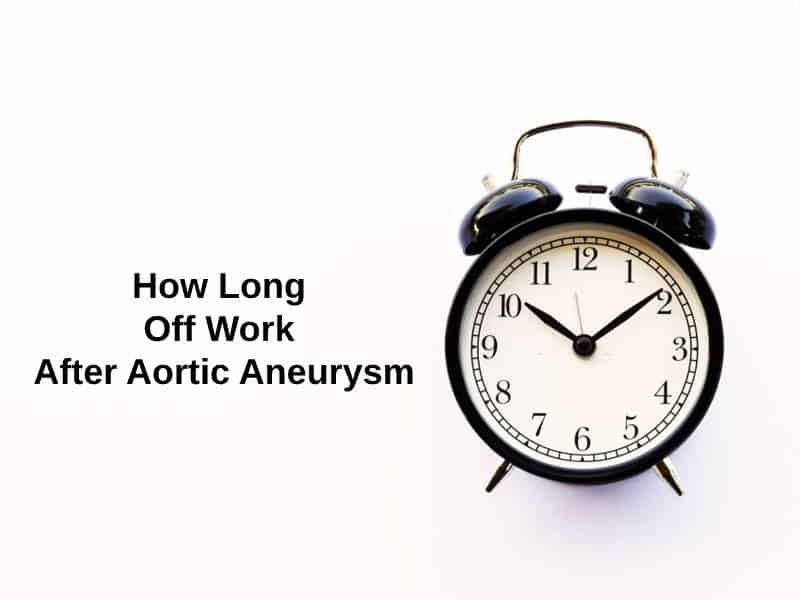
How Long Off Work After Aortic Aneurysm?
| Objective | Time after surgery to recover |
| Normal routine, daily activities | 4-6 weeks |
| Full and complete recovery | 2-3 months |
Aortic aneurysms can either burst or dissect. A dissection is when the blood that is being pumped through the aorta, leaks between the layers of the arterial wall that are split apart. This is due to the immense force and pressure of the blood.
Another complication that can happen is when the aortic aneurysm ruptures and bursts fully. This leads to bleeding within the body.
In other cases, the aortic aneurysm forces the blood to be directed away from all the tissues and the organs that are supposed to be receiving the blood. This lack of blood and oxygen can result in severe conditions such as kidney damage or failure, heart attacks, strokes, and may even become fatal for certain people.
There are two types of aortic aneurysms, that are distinct in their locations. One is the abdominal aortic aneurysm, and the other is the thoracic aortic aneurysm. The abdominal aortic aneurysm can be detected in the abdomen, whereas the thoracic aortic aneurysm can be found in the chest region.
The thoracic aneurysm may be caused by sudden physical trauma, plaque deposition in the arteries, infections, increased cholesterol, or blood pressure.

The abdominal aneurysm may be caused by smoking, increased blood pressure, atherosclerosis (arteries becoming hardened), injuries, infections, inflamed blood vessels, or genetic predisposition.
After the surgery for these aortic aneurysms, it can take up to at least 4 to 6 weeks to return to your normal routine and resume your daily activities. For a complete recovery, it may take up to 2 to 3 months before you can feel completely okay. Thus, you can take a leave for at least 4 to 6 weeks after the surgery, from your work.
Why Does It Take That Long To Work After Aortic Aneurysm?
Symptoms of the thoracic aortic aneurysm include a hoarse voice, shortness of breath, pain in the chest, jaw, or back, breathing and swallowing difficulties, and coughing. A thoracic aortic aneurysm can be treated using open-chest surgery.
Like the thoracic aneurysm, the abdominal aneurysm too may be asymptomatic for the most part, but some common symptoms include back and abdomen pain, throbbing feeling near the belly button, and more. However, if the aneurysm bursts, then you may experience an upset stomach, sudden but severe abdomen, and back pain, vomiting, dizziness, and excessive sweating. You should keep an eye out for blood clots if you are diagnosed with an abdominal aneurysm because these clots can break off and travel to the organs and limbs.
There are two types of procedures that can be done for treating aortic aneurysms. These are open-chest surgery (or open-abdominal), and endovascular repair.
During the open surgery, the weakened part of the aorta which was affected by the aneurysm will be replaced by a graft, which is a tube that is made out of a specially crafted fabric. This surgery is more invasive than endovascular surgery and is performed under general anesthesia.

Here, an incision will be made in either the chest or abdomen, depending on the type of aortic aneurysm. Then, the surgeon uses clamps to limit the flow of blood below and above the aneurysm. A heart-lung machine is used if an aneurysm is found above the heart. Then, the swollen up part of the aorta (aneurysm) is removed and replaced by the graft. The graft then lets blood flow across, preventing another aneurysm. Lastly, the surgeon removes the clamps to resume the blood flow once again.
During the endovascular procedure, a stent-graft is inserted into the aorta using a catheter. The stent graft is made out of a bendable wireframe that is sewn onto a tube made of special material. This stent-graft will be used to reinforce the affected arterial wall. This procedure doesn’t necessarily require you to be under general anesthesia.
It takes up to at least 4-6 weeks for the body to return to normal. This is because the body is still recovering from the invasive surgery, and it can feel very sore, and it requires rest for a fast healing process. 2-3 months are needed to start feeling yourself again because the body would’ve completely healed from the surgery and adjusted to the graft by then. Working before this time can severely impact your recovery process, and can cause stress and sometimes harmful side effects.
Conclusion
Research shows that smoking does in fact influence the chances of suffering from an aortic aneurysm. Approximately 75% of abdominal aortic aneurysm cases have shown a past that involves smoking.
Men who have smoked and are between the ages of 65 and 75, are advised to get their ultrasound screening done, even if they do not experience any of the symptoms, according to the U.S. Preventive Services Task Force.
If you have had surgery done for aortic aneurysms, then you must remember that it can take up to many months for a full recovery. During this time, it is important to attend all the follow-up doctor’s appointments, to ensure that you are on the right track to recovery.

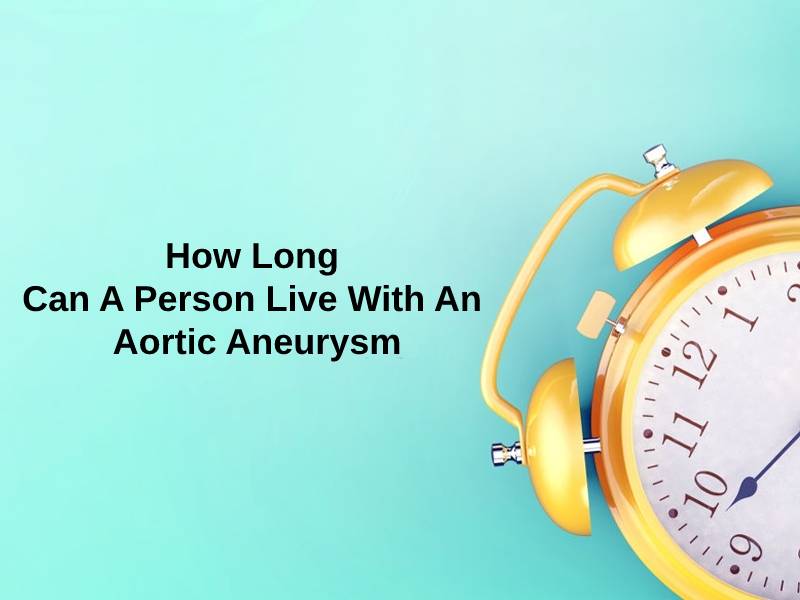
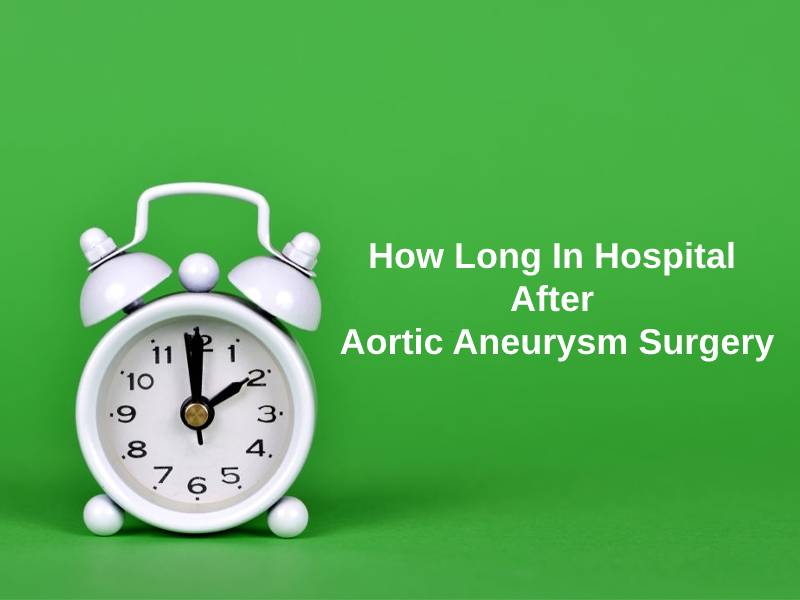
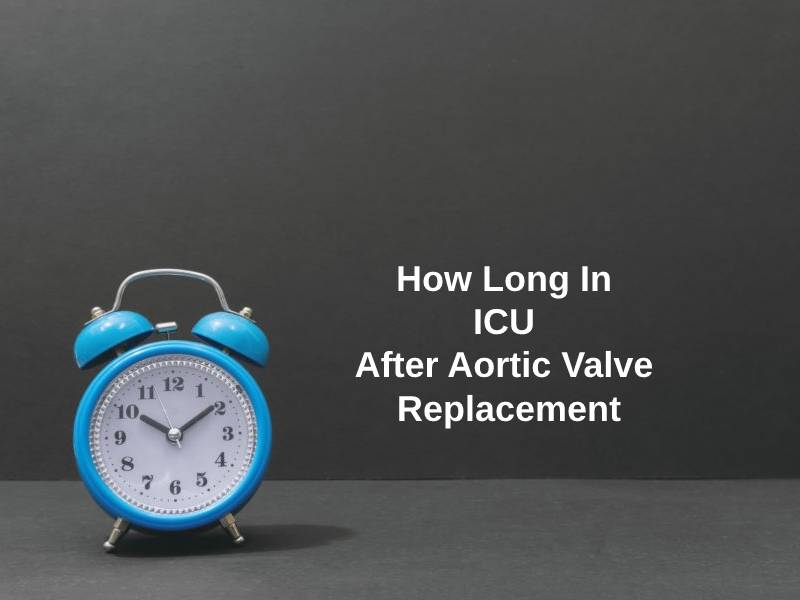
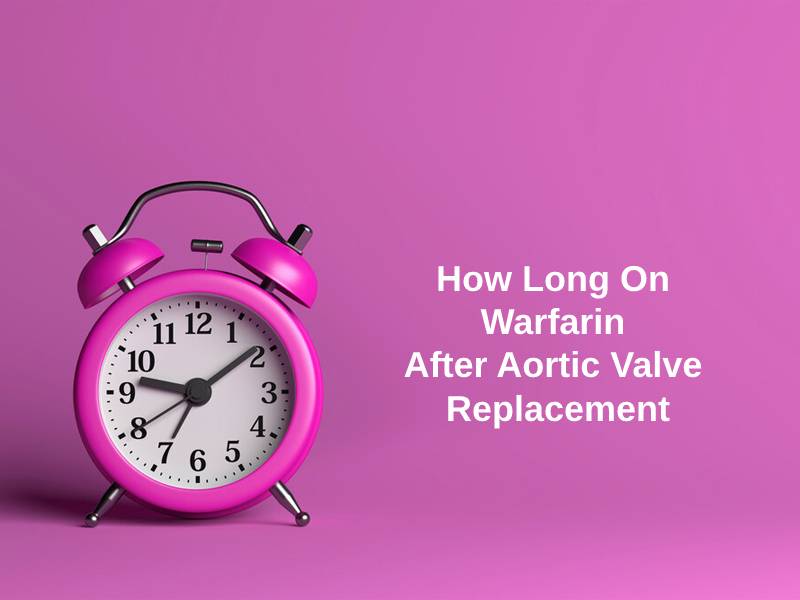



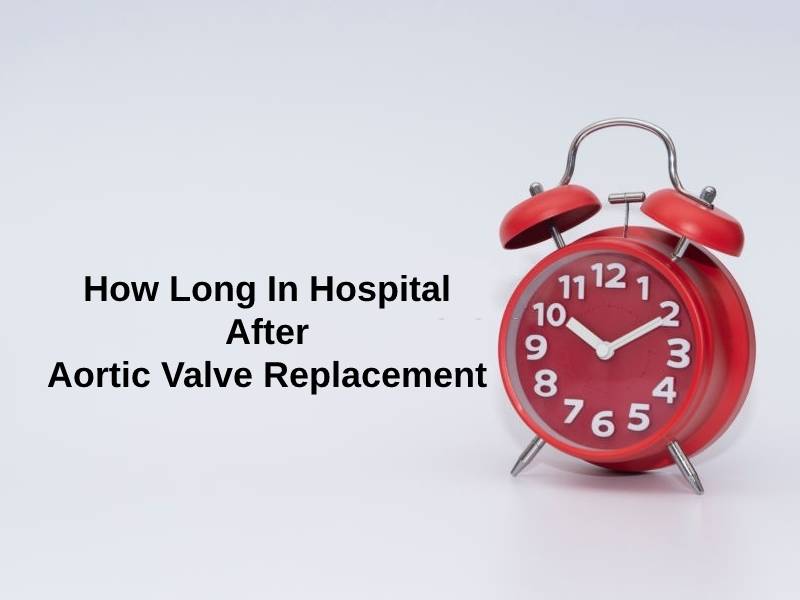
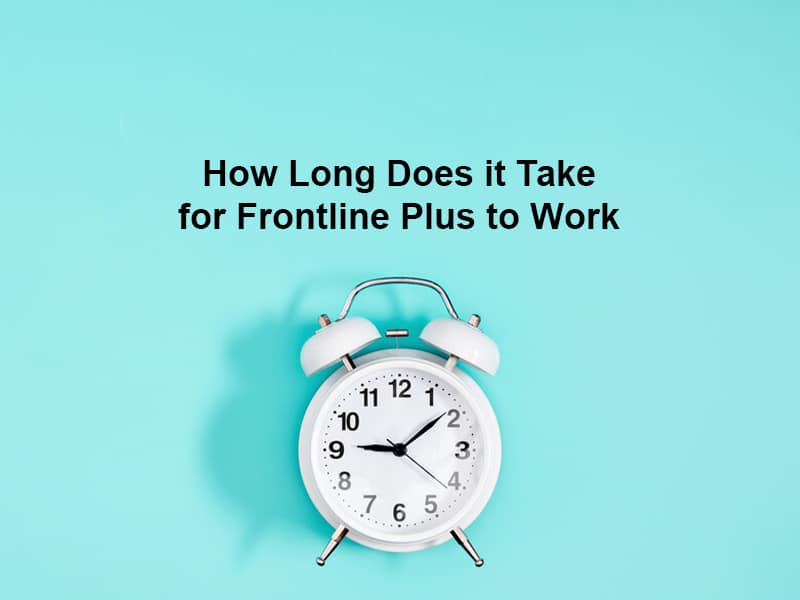

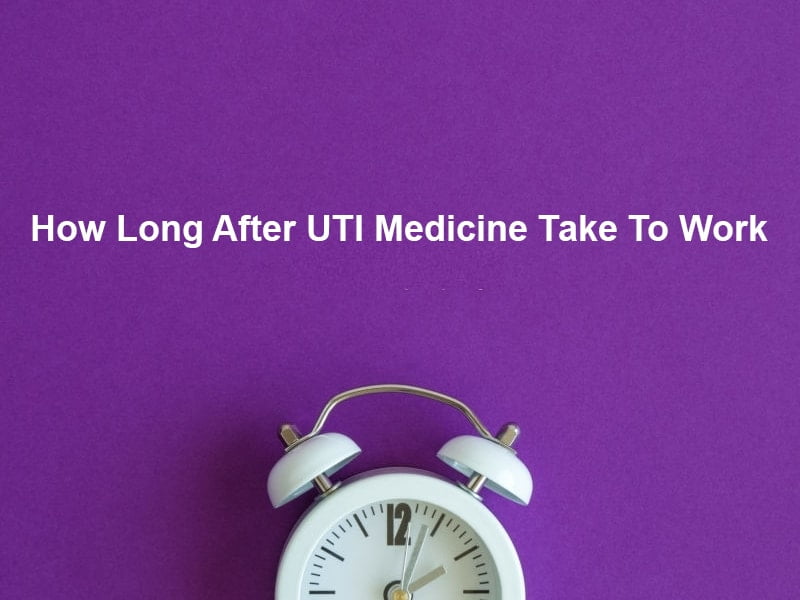
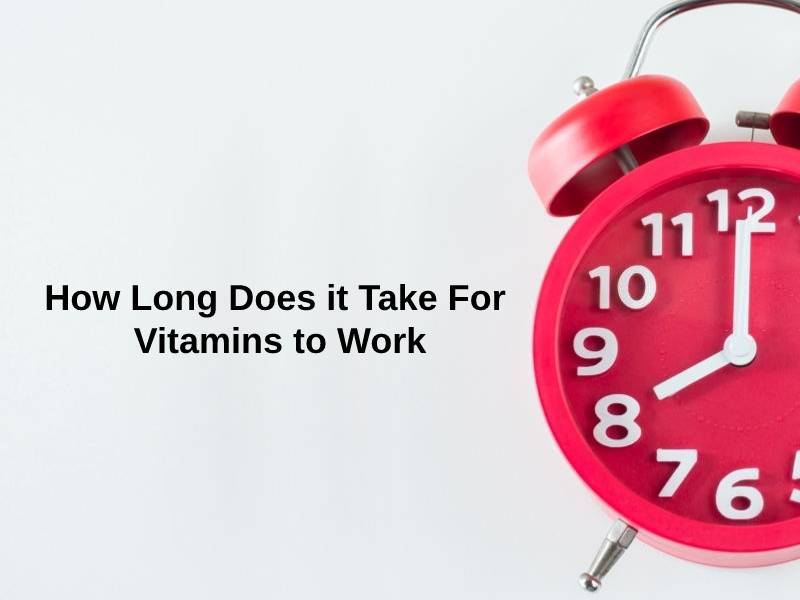

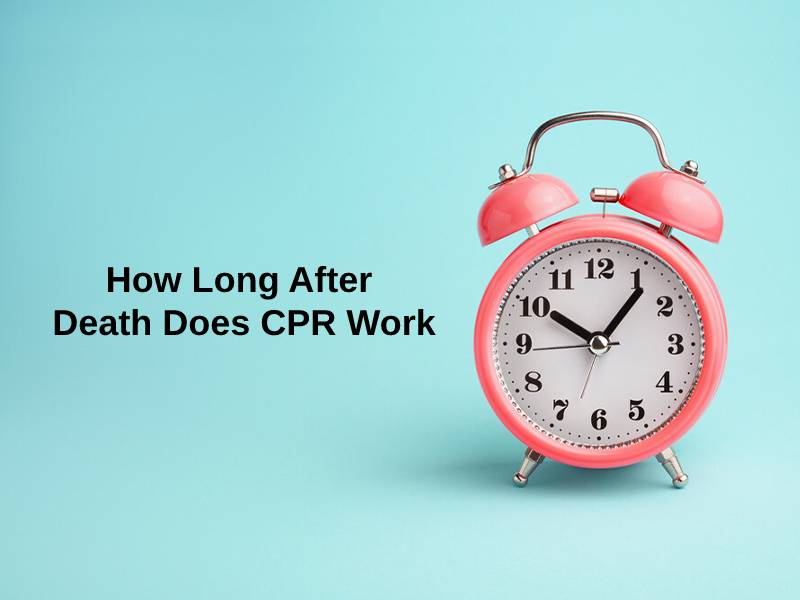
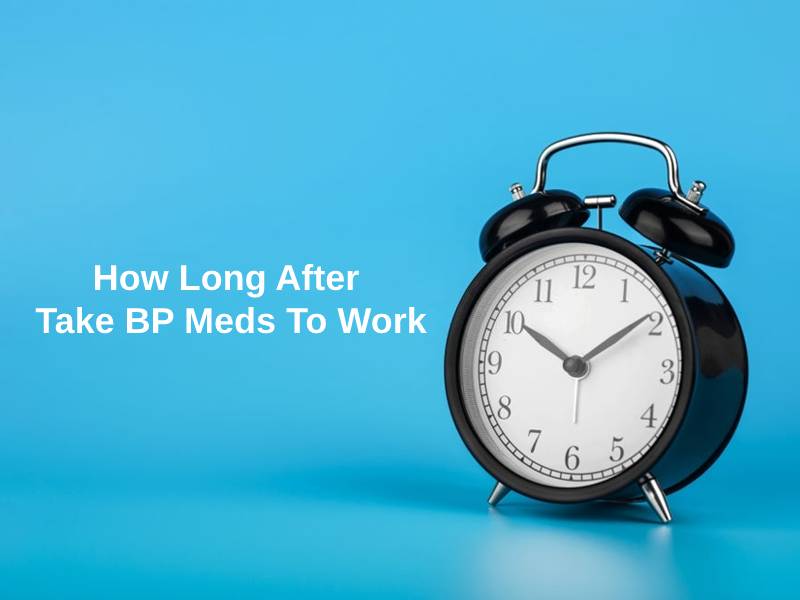
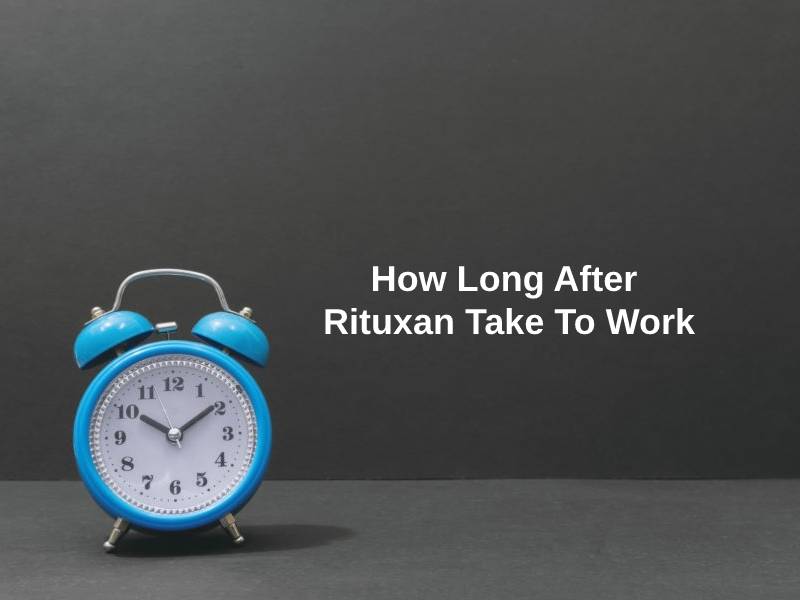

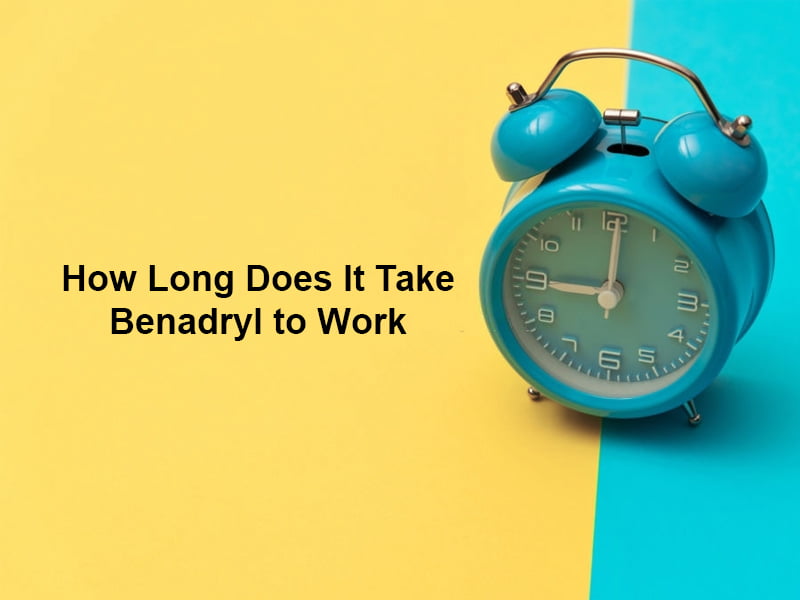


The explanations of the different surgical procedures and recovery times are crucial for patients to understand before undergoing treatment for aortic aneurysms. It helps to demystify the process.
The recovery time after surgery seems quite long, and it’s daunting to consider taking that much time off work. However, it’s necessary for proper healing and should be taken seriously.
This article provides a comprehensive explanation of the causes and treatments for aortic aneurysms. It’s very informative and helpful for those who want to understand this condition better.
The author’s breakdown of the two types of procedures used to treat aortic aneurysms is very clear and easy to understand. It’s important for patients to be informed about their treatment options.
This article does a great job of highlighting the different risk factors and causes of thoracic and abdominal aortic aneurysms. It’s essential information for people to be aware of to prevent the condition.
The recovery time after surgery is quite extensive, but it’s reassuring to see the detailed explanation of the surgical procedures used to treat aortic aneurysms. It gives insight into what patients can expect during the treatment process.
The article provides a wealth of information about aortic aneurysms, from causes to symptoms to treatments. It’s a well-researched and educational piece that can benefit many people.
The information about the recovery time after surgery is very useful, but it’s quite daunting to think about the potential complications of aortic aneurysms. I hope more research can be done to improve treatments and outcomes.
The detailed descriptions of the symptoms of both thoracic and abdominal aortic aneurysms are incredibly helpful. It’s essential for people to be aware of these symptoms and seek medical attention if they experience them.
The explanation of the surgical procedures for treating aortic aneurysms is very insightful. It’s a complex condition, and it’s interesting to learn about the intricacies of the surgeries used to address it.